Home>Interior Design>How Much Vinegar To Clean A Washing Machine?
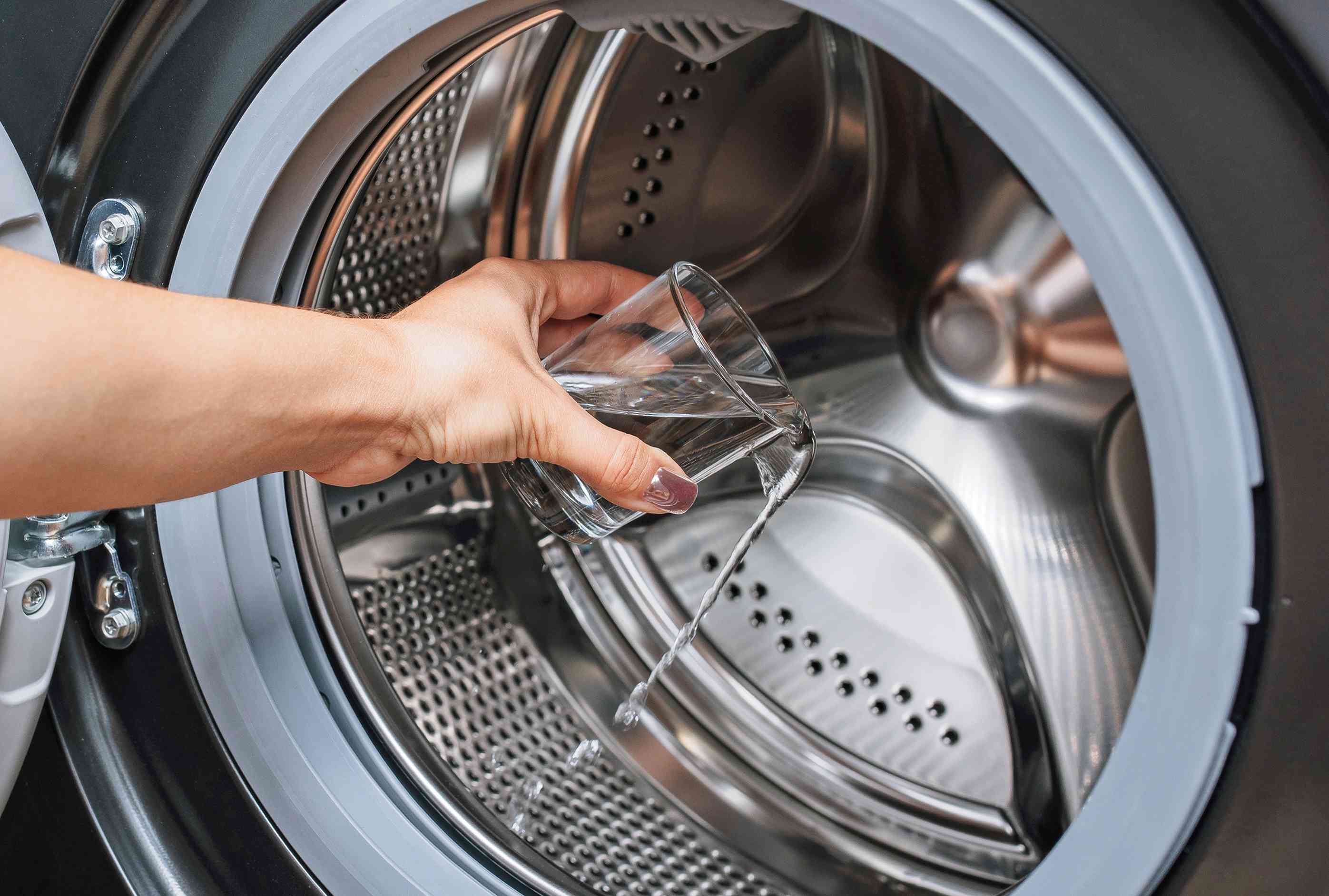

Interior Design
How Much Vinegar To Clean A Washing Machine?
Modified: August 21, 2024
Discover the perfect amount of vinegar to effectively clean your washing machine and keep it fresh. Expert tips and tricks from the world of interior design.
(Many of the links in this article redirect to a specific reviewed product. Your purchase of these products through affiliate links helps to generate commission for Storables.com, at no extra cost. Learn more)
Introduction
Keeping your washing machine clean is essential for maintaining its performance and extending its lifespan. Over time, dirt, detergent residue, and hard water deposits can build up inside the machine, leading to unpleasant odors and reduced efficiency. While there are many commercial products available for cleaning washing machines, using vinegar is a cost-effective and eco-friendly alternative.
In this article, we will explore the benefits of cleaning a washing machine with vinegar, the proper vinegar to water ratio for cleaning, and provide you with a step-by-step guide on how to clean your machine using vinegar. We will also share some tips for maintaining a clean washing machine and highlight a few precautions to consider when using vinegar for cleaning purposes.
Whether you have a top-loading or front-loading washing machine, the cleaning process is relatively straightforward and can be done using common household items. With a little effort, you can restore your washing machine’s cleanliness and enjoy fresh-smelling laundry once again.
Key Takeaways:
- Regularly cleaning your washing machine with vinegar offers benefits such as removing buildup, eliminating odors, preventing mold growth, and improving machine performance, all while being environmentally friendly.
- When using vinegar to clean your washing machine, always follow the proper vinegar to water ratio, consult your machine’s manual for specific guidelines, and take precautions to avoid potential damage or health hazards.
Read more: How To Clean Washer With Vinegar
Benefits of cleaning a washing machine with vinegar
Cleaning your washing machine with vinegar offers numerous benefits that go beyond just eliminating odors. Here are some of the key advantages:
- Removes buildup: Over time, mineral deposits, soap scum, and bacteria can accumulate in your washing machine. Vinegar, with its acidic properties, helps dissolve and remove these residues, keeping your machine clean and functioning optimally.
- Eliminates odors: Lingering odors in your washing machine can transfer to your clothes, leaving them smelling less than fresh. Vinegar acts as a natural deodorizer, neutralizing unpleasant smells and leaving your machine and laundry smelling clean.
- Prevents mold and mildew growth: Warm and damp environments inside washing machines provide an ideal breeding ground for mold and mildew. The acetic acid in vinegar is effective at killing these fungi, helping to prevent their growth and the associated problems they can cause.
- Improves machine performance: A clean washing machine is more efficient and can operate at its full potential. Regular cleaning with vinegar can prevent clogs and ensure that water circulates properly, resulting in better cleaning results and longer machine lifespan.
- Environmentally friendly: Using vinegar to clean your washing machine is a greener alternative compared to many commercial cleaning products. Vinegar is biodegradable and non-toxic, making it safe for both the environment and your family.
Overall, incorporating vinegar into your washing machine cleaning routine can have a positive impact on both your machine’s performance and the cleanliness of your laundry.
Proper vinegar to water ratio for cleaning a washing machine
When using vinegar to clean your washing machine, it is important to use the proper vinegar to water ratio to ensure effective cleaning without causing any damage to the machine. The recommended ratio is:
- Maintenance cleaning: For regular maintenance cleaning, a ratio of 1:2 (vinegar to water) is usually sufficient. This means you will use one part vinegar to two parts water. This diluted solution is gentle enough to clean the machine without being too harsh.
- Deep cleaning: If your washing machine requires a deeper clean, you can increase the vinegar concentration slightly. Use a ratio of 1:1 for more stubborn stains, buildup, or odors. However, be cautious not to use undiluted vinegar, as the acidity can damage certain components of the machine.
It is important to note that the exact amount of vinegar and water needed will depend on the size of your washing machine and the severity of the cleaning required. For a standard-sized machine, you can start with using 1 cup of vinegar and 2 cups of water for maintenance cleaning. Adjust the quantities as needed for larger machines or more demanding cleaning tasks.
Remember to always dilute the vinegar with water before adding it to your machine. Using undiluted vinegar may cause corrosion or damage to the rubber seals and other parts of the machine.
Additionally, some washing machine manufacturers may provide specific guidelines for cleaning their machines. It is always a good idea to consult your machine’s manual for any instructions or recommendations regarding cleaning solutions and ratios to ensure you are following the manufacturer’s guidelines.
Now that you know the proper vinegar to water ratio, let’s move on to the step-by-step guide on how to clean your washing machine with vinegar.
Step-by-step guide on cleaning a washing machine with vinegar
Follow these simple steps to effectively clean your washing machine using vinegar:
- Empty the machine: Start by ensuring that your washing machine is empty. Remove any clothes, towels, or other items from the drum.
- Mix the solution: In a measuring cup or bowl, combine the vinegar and water according to the proper ratio discussed earlier. For maintenance cleaning, use a 1:2 ratio of vinegar to water. For deeper cleaning, use a 1:1 ratio.
- Pour the solution into the detergent dispenser: Open the detergent dispenser on your washing machine and pour the vinegar and water solution into the designated compartment. If your machine doesn’t have a dispenser, pour the solution directly into the drum.
- Run a hot wash cycle: Set your washing machine to the hottest water temperature setting and start a regular wash cycle. Let the machine agitate for a few minutes to allow the vinegar solution to distribute throughout the drum.
- Pause the cycle: Once the machine has filled with water and agitated for a few minutes, pause the cycle and let the vinegar solution sit for about an hour. This will allow the vinegar to work on dissolving any buildup or residue inside the machine.
- Resume and complete the cycle: After the hour has passed, resume the wash cycle and allow it to complete. The hot water and vinegar solution will continue cleaning and disinfecting the internals of the machine.
- Wipe down the machine: Once the cycle is complete, use a clean cloth or sponge to wipe down the drum, door, and other surfaces inside the machine. Pay special attention to any areas with visible residue or buildup.
- Air-dry the machine: Leave the washing machine door open for a while to allow the interior to air-dry completely. This helps prevent the growth of mold or mildew by allowing proper ventilation.
Following these steps regularly, every few months or whenever you notice buildup or odors, will help keep your washing machine clean and in optimal condition.
Add 2 cups of white vinegar to the detergent dispenser and run a hot water cycle to clean a washing machine. Vinegar helps remove mineral buildup and odors.
Tips for maintaining a clean washing machine
To ensure that your washing machine stays clean and functions at its best, here are some helpful tips to incorporate into your regular maintenance routine:
- Remove wet clothes promptly: Avoid leaving damp clothes in the washing machine for an extended period as this can create a breeding ground for bacteria and mold. Remove your laundry as soon as the cycle is complete.
- Leave the door open after each use: After emptying the machine, leave the door open to allow moisture to evaporate. This helps prevent the growth of mold and mildew, which thrive in damp environments.
- Clean the detergent dispenser: Remove and clean the detergent dispenser regularly. Rinse it with warm water to remove any residue or buildup. Dry it thoroughly before placing it back in the machine.
- Wipe down the drum: After each use, wipe down the drum with a clean, damp cloth to remove any visible dirt or debris. This simple step helps prevent buildup and keeps the drum clean.
- Regularly clean filters and drain pump: Check your machine’s manual for instructions on locating and cleaning the filters and drain pump. Accumulated debris in these areas can affect your machine’s performance, so it’s important to clean them regularly.
- Use the recommended amount of detergent: Using too much detergent can lead to residue buildup inside the machine. Follow the detergent manufacturer’s instructions and use the appropriate amount for your load size.
- Prevent overloading: Overloading your washing machine can strain its components and prevent proper water circulation. Follow the recommended load capacity specified by the manufacturer to maintain optimal performance.
- Consider using vinegar for regular maintenance: Incorporate regular cleaning with vinegar into your maintenance routine to keep your machine fresh and odor-free. You can use the vinegar and water solution discussed earlier or periodically run an empty cycle with vinegar to maintain cleanliness.
By following these maintenance tips, you can extend the lifespan of your washing machine, improve its efficiency, and ensure that your laundry comes out clean and fresh every time.
Precautions and Things to Avoid When Using Vinegar to Clean a Washing Machine
While vinegar is a safe and effective cleaning agent, there are a few precautions to keep in mind when using it to clean your washing machine. Here are some important considerations:
- Check your machine’s manual: Before using vinegar or any other cleaning solution, it’s crucial to consult your washing machine’s manual. Some manufacturers may provide specific instructions or guidelines for cleaning solutions to use or avoid.
- Avoid using vinegar on certain materials: While vinegar is generally safe to use in washing machines, it’s best to avoid using it on machines with enamel or stainless steel surfaces, as vinegar’s acidity may cause damage.
- Do not mix vinegar with bleach: Never mix vinegar with bleach or any other cleaning chemicals. This combination can produce toxic fumes and be harmful to your health. If you’ve recently used bleach in your machine, make sure to rinse it thoroughly before using vinegar.
- Use the proper vinegar to water ratio: Follow the proper vinegar to water ratio discussed earlier to prevent damage to your washing machine. Using undiluted vinegar or an excessive amount may cause corrosion or harm certain components.
- Avoid pouring vinegar directly on rubber seals: While vinegar is generally safe for most parts of the washing machine, it’s best to avoid pouring it directly on rubber seals or gaskets. The acidity may deteriorate the rubber material over time.
- Do not use vinegar in machines with certain types of filters: Some washing machines, particularly those with certain types of lint filters or self-cleaning filters, may not be compatible with vinegar. Check your machine’s manual or consult the manufacturer to determine if vinegar is safe to use.
- Proper ventilation: When running a cycle with vinegar, ensure there is proper ventilation in the laundry area. The vinegar smell may be strong, so keeping windows or doors open and running fans can help dissipate the odor.
- Rinse thoroughly after cleaning: After cleaning your washing machine with vinegar, make sure to run an additional cycle or two with plain water to remove any lingering vinegar residue. This will prevent your laundry from smelling like vinegar.
By following these precautions and avoiding potential pitfalls, you can safely and effectively clean your washing machine using vinegar.
Conclusion
Cleaning your washing machine with vinegar is an effective and eco-friendly way to maintain its performance and keep your laundry fresh. The benefits of using vinegar include removing buildup, eliminating odors, preventing mold and mildew growth, improving machine performance, and being environmentally friendly.
When cleaning your washing machine with vinegar, it’s important to follow the proper vinegar to water ratio. The recommended ratios are 1:2 for maintenance cleaning and 1:1 for deeper cleaning. Be sure to consult your machine’s manual for any specific cleaning guidelines provided by the manufacturer.
By following a simple step-by-step guide, including emptying the machine, mixing the vinegar solution, running a hot wash cycle, and wiping down the drum, you can effectively clean your washing machine. Regular maintenance, such as removing wet clothes promptly, leaving the door open, cleaning the detergent dispenser, and wiping down the drum after each use, can help ensure a clean machine and optimal performance.
However, it’s important to take precautions when using vinegar to clean your washing machine. Avoid using vinegar on certain materials, such as enamel or stainless steel surfaces, and do not mix vinegar with bleach or other cleaning chemicals. Check your machine’s manual for specific guidelines and avoid pouring vinegar directly on rubber seals.
By following these guidelines and tips, you can maintain a clean and efficient washing machine, prolong its lifespan, and ensure that your laundry is fresh and odor-free. So, be sure to incorporate vinegar into your cleaning routine and enjoy the benefits of a clean and well-functioning washing machine.
Frequently Asked Questions about How Much Vinegar To Clean A Washing Machine?
Was this page helpful?
At Storables.com, we guarantee accurate and reliable information. Our content, validated by Expert Board Contributors, is crafted following stringent Editorial Policies. We're committed to providing you with well-researched, expert-backed insights for all your informational needs.
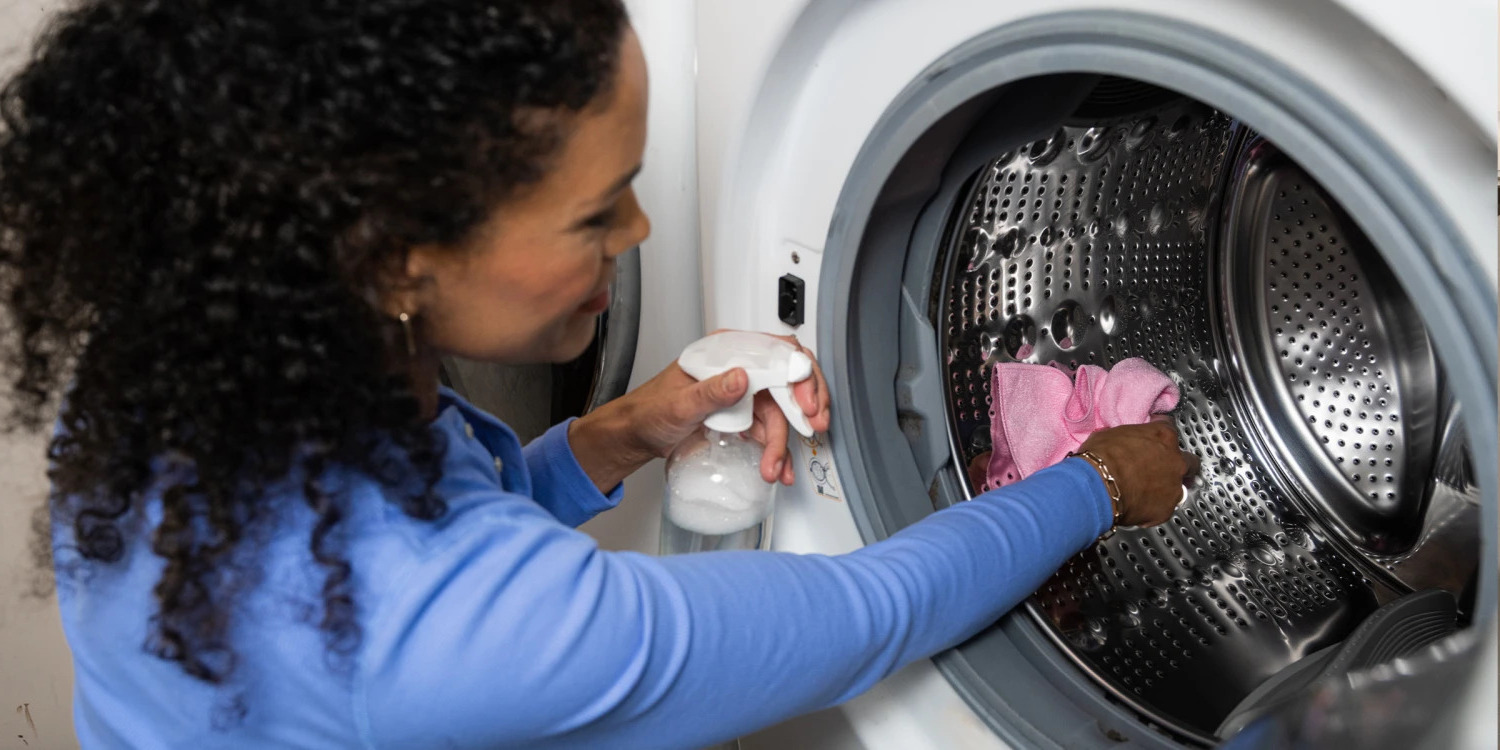
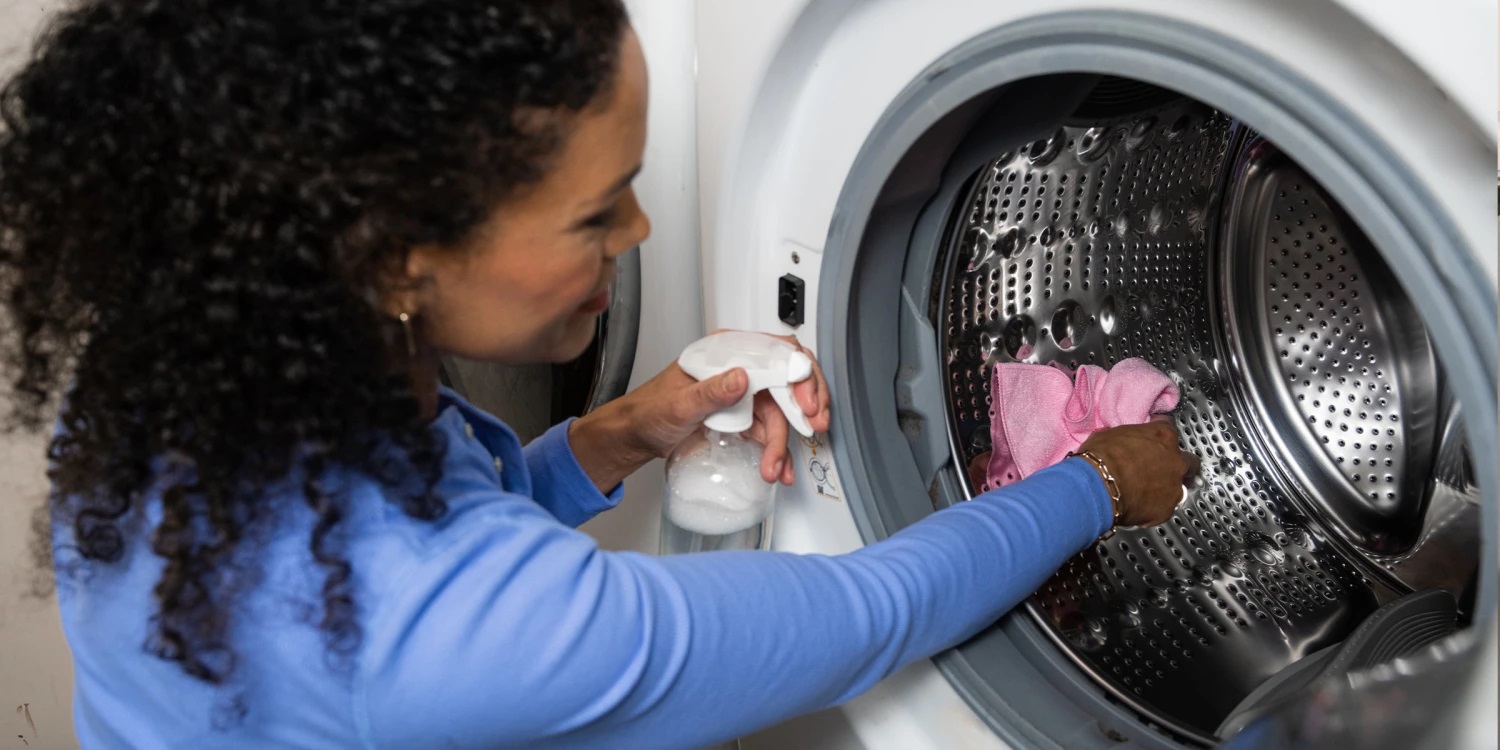
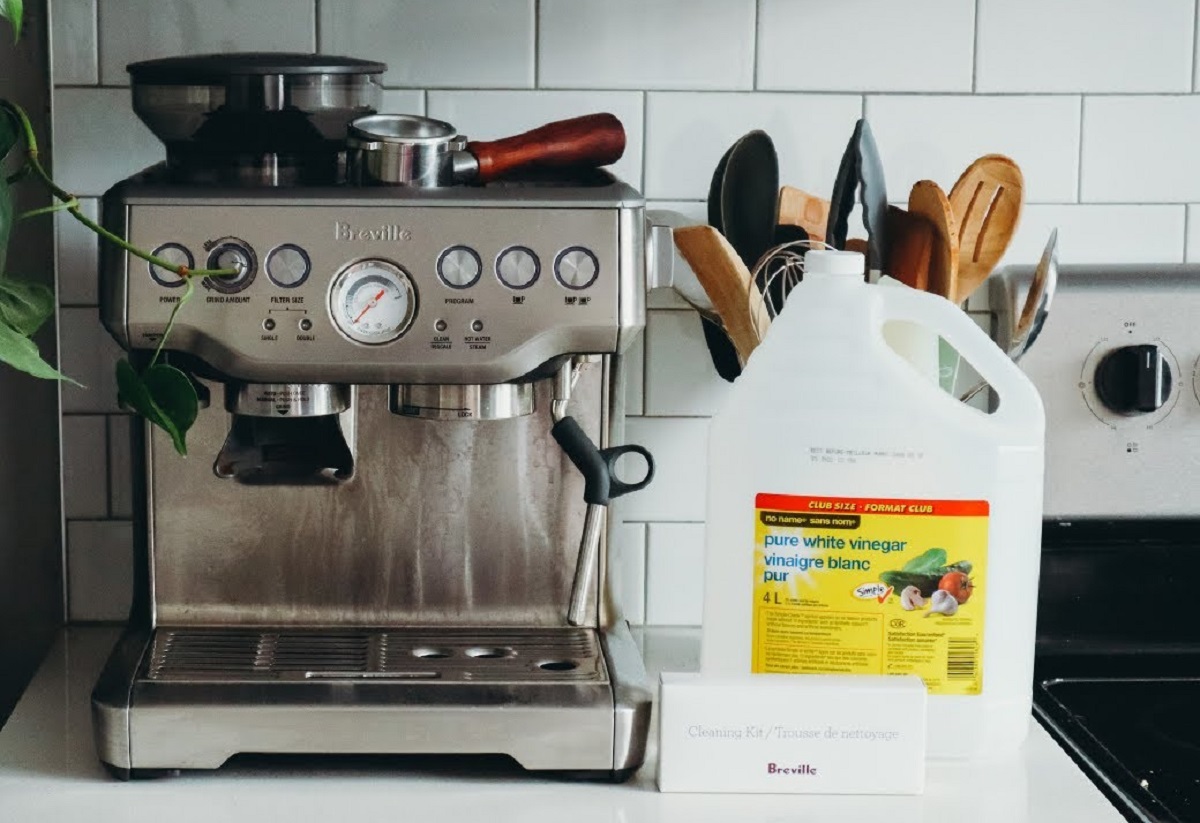
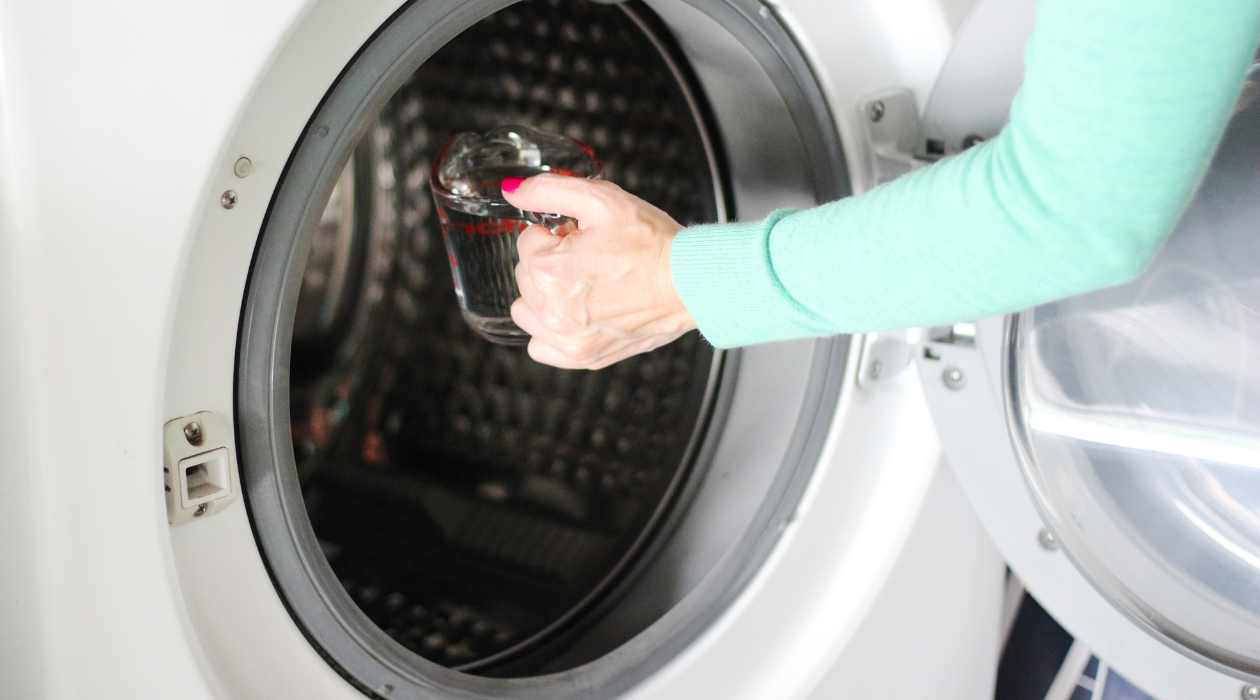
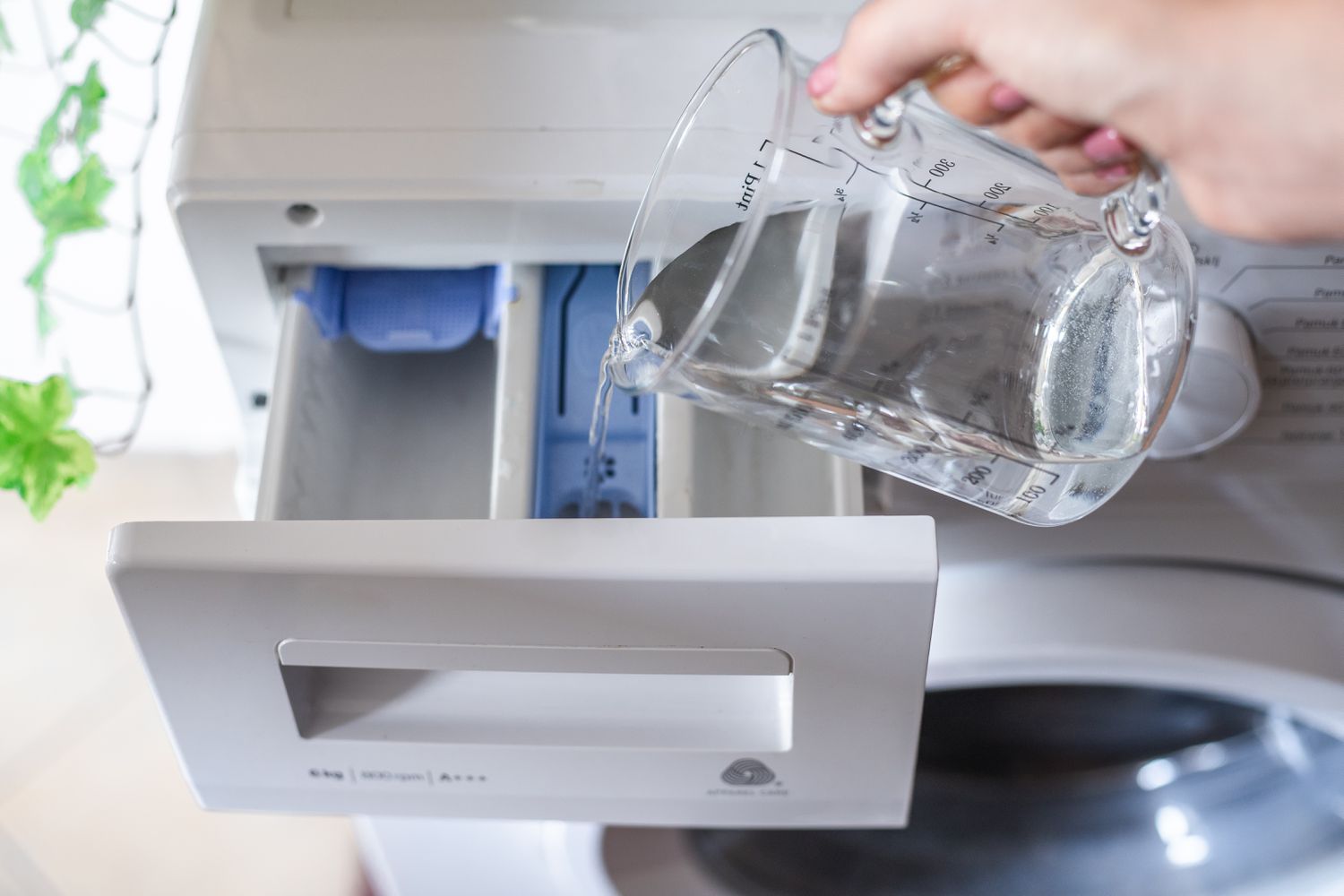
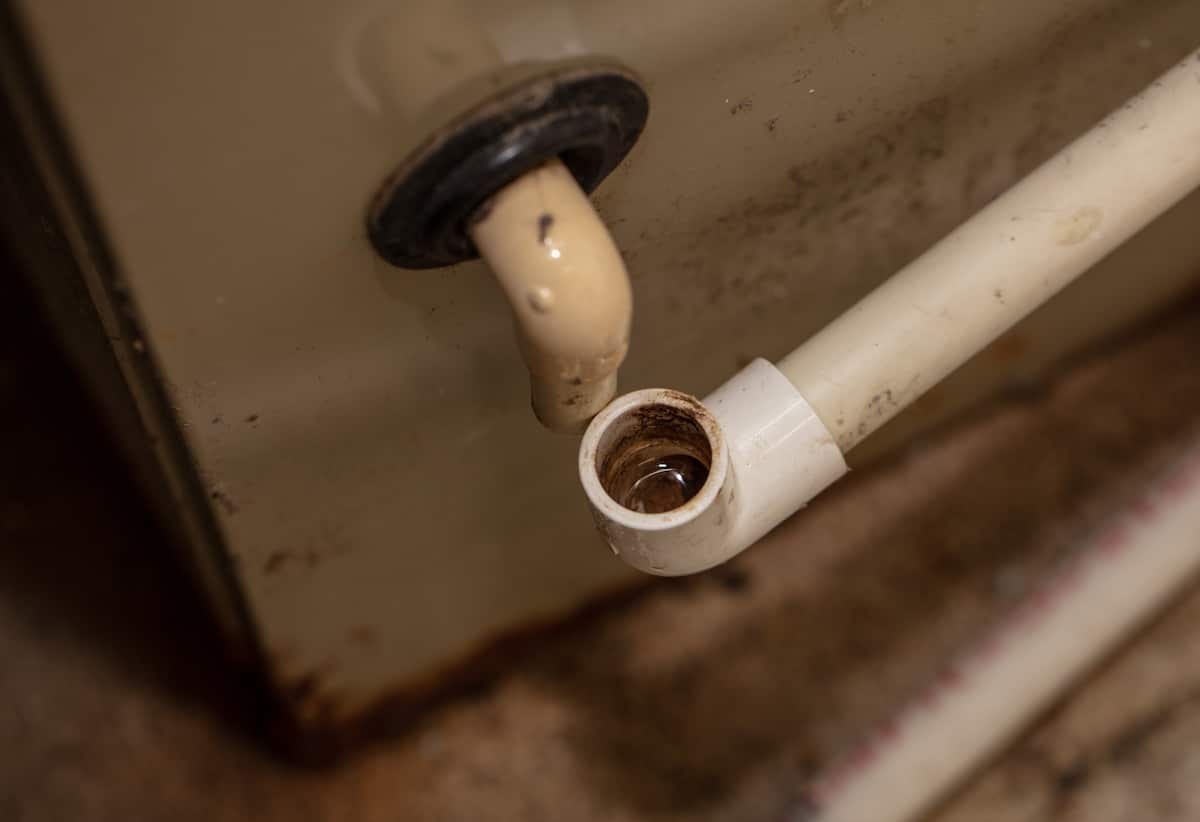

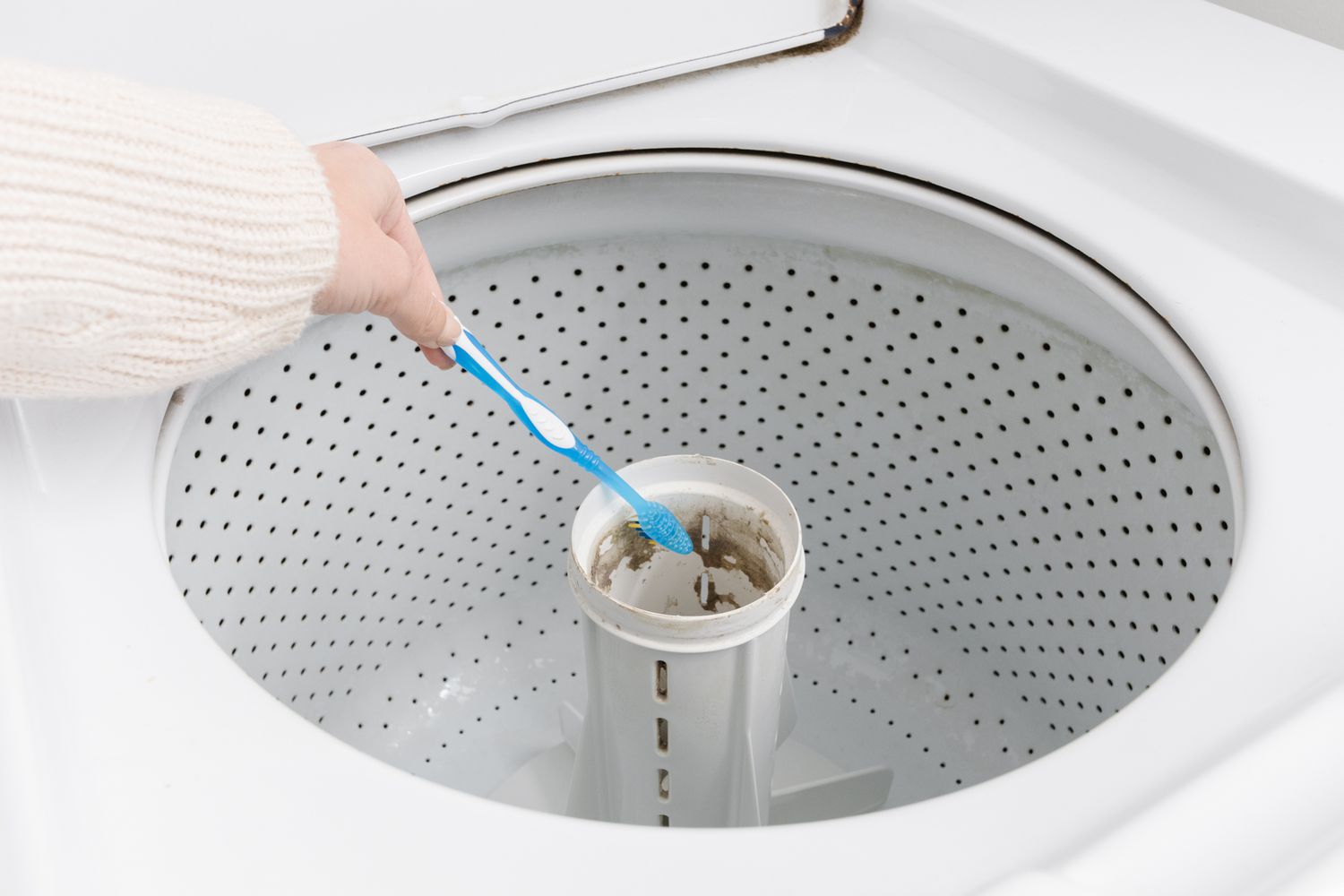
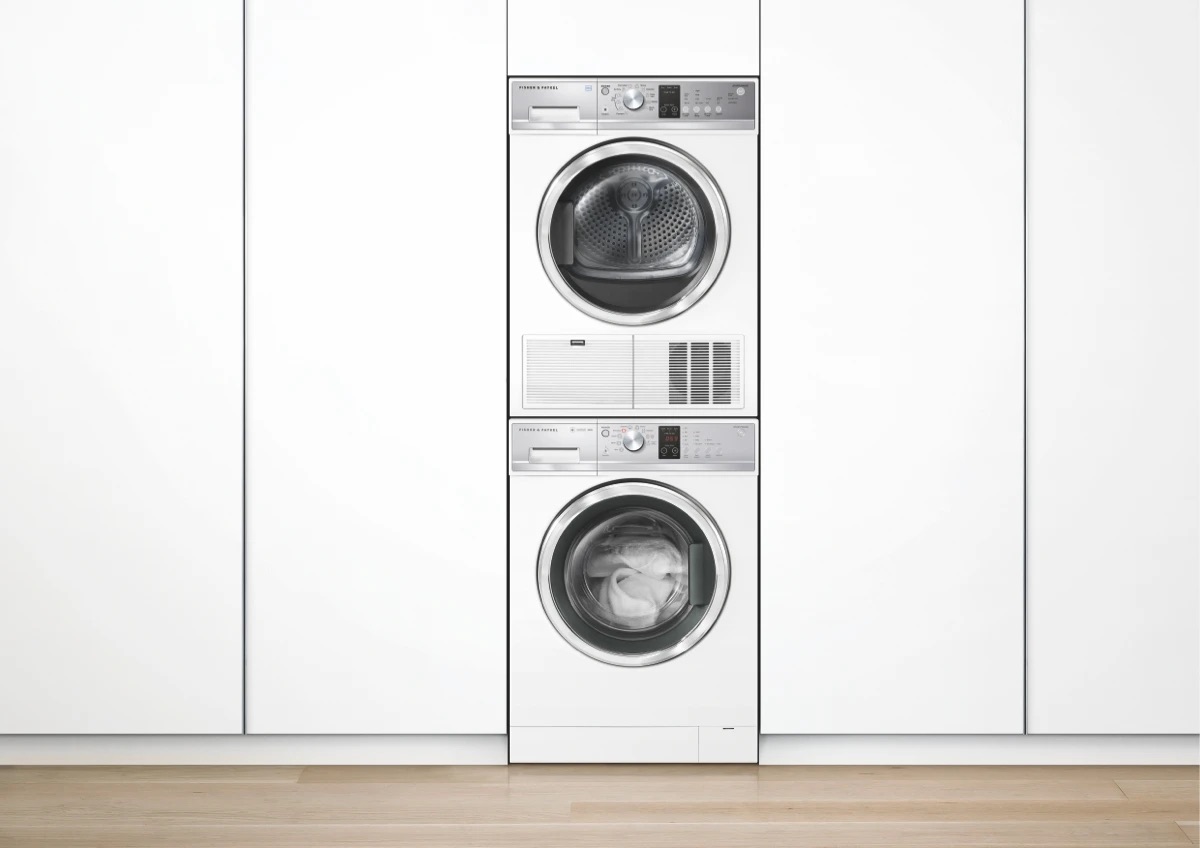
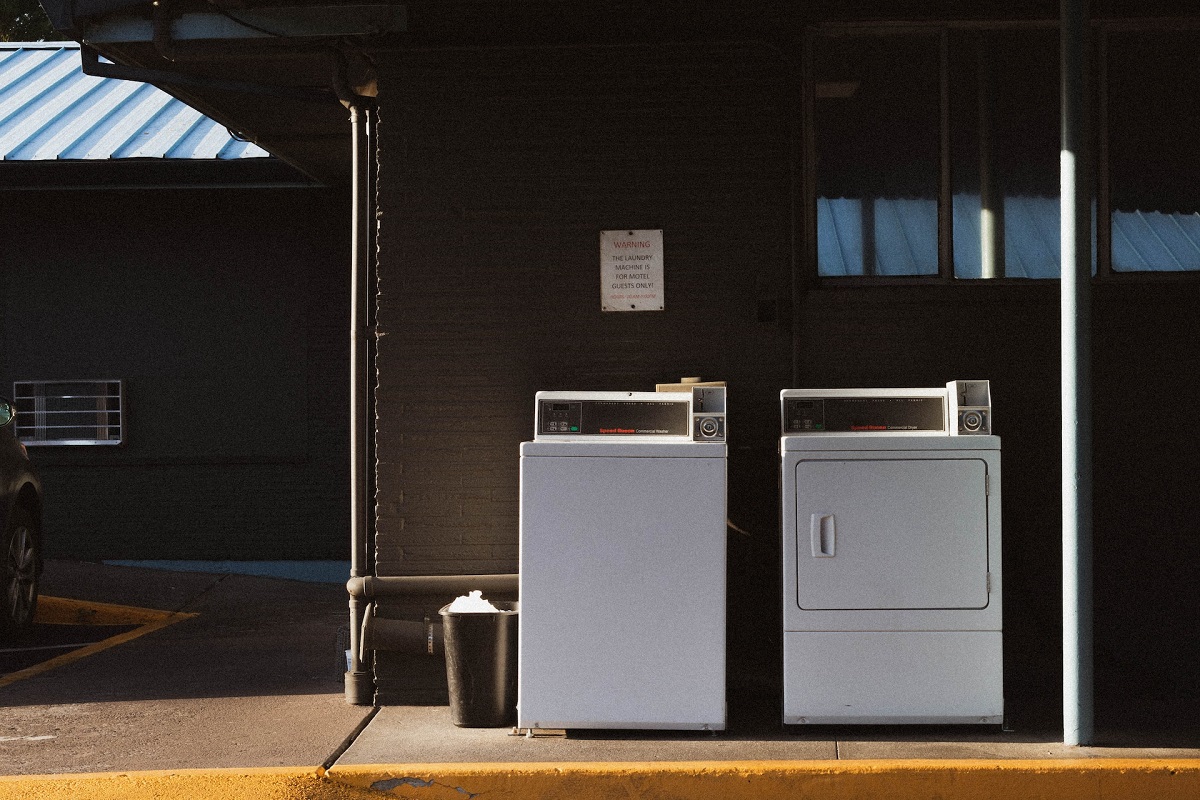
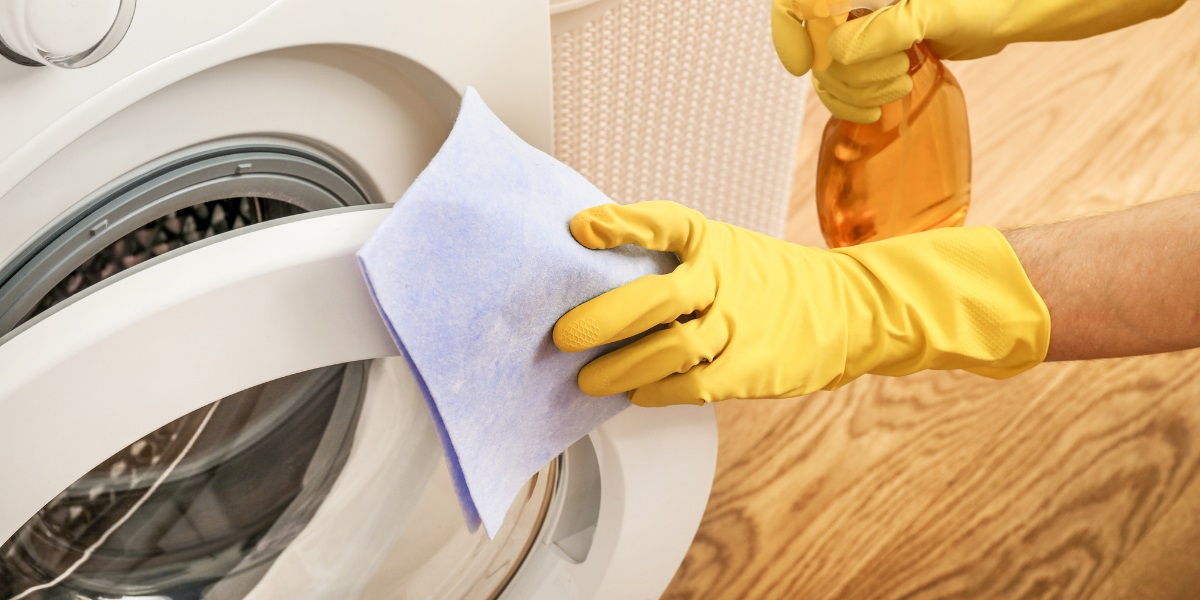
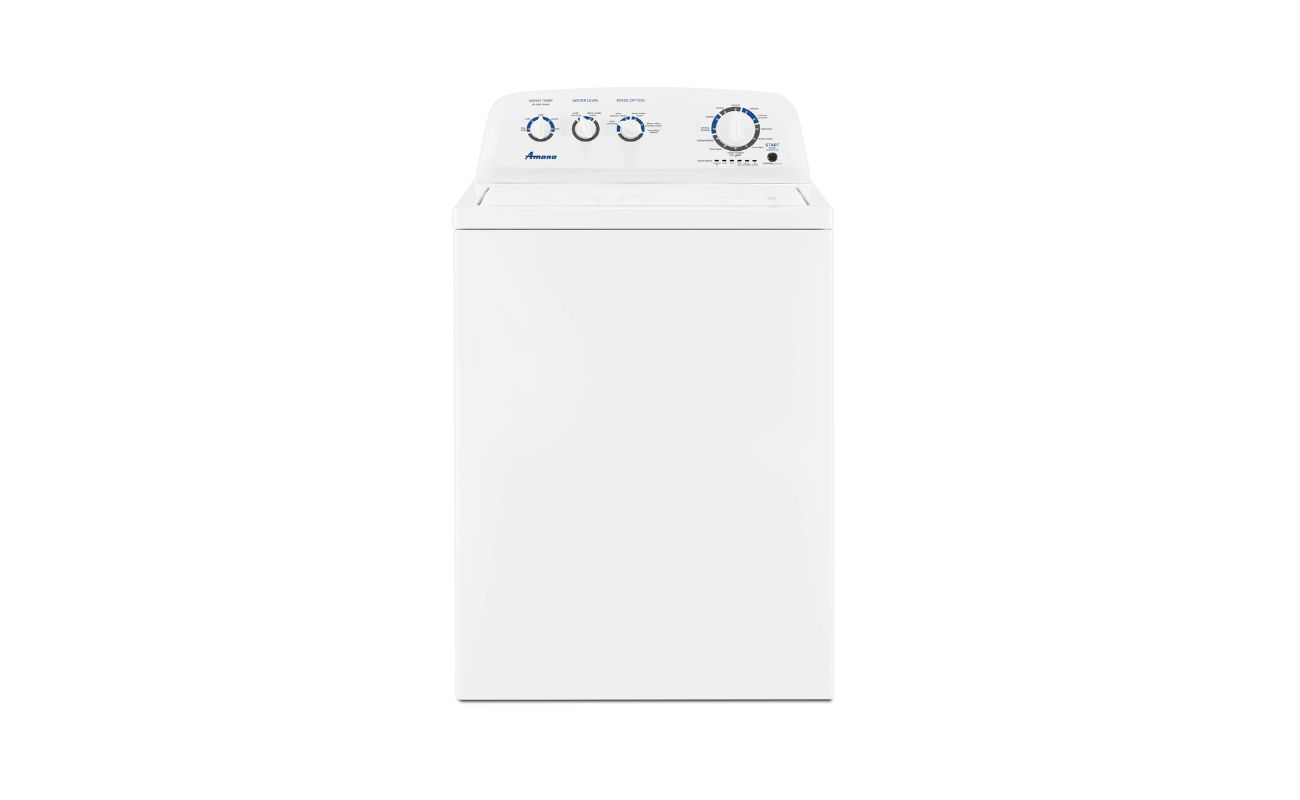
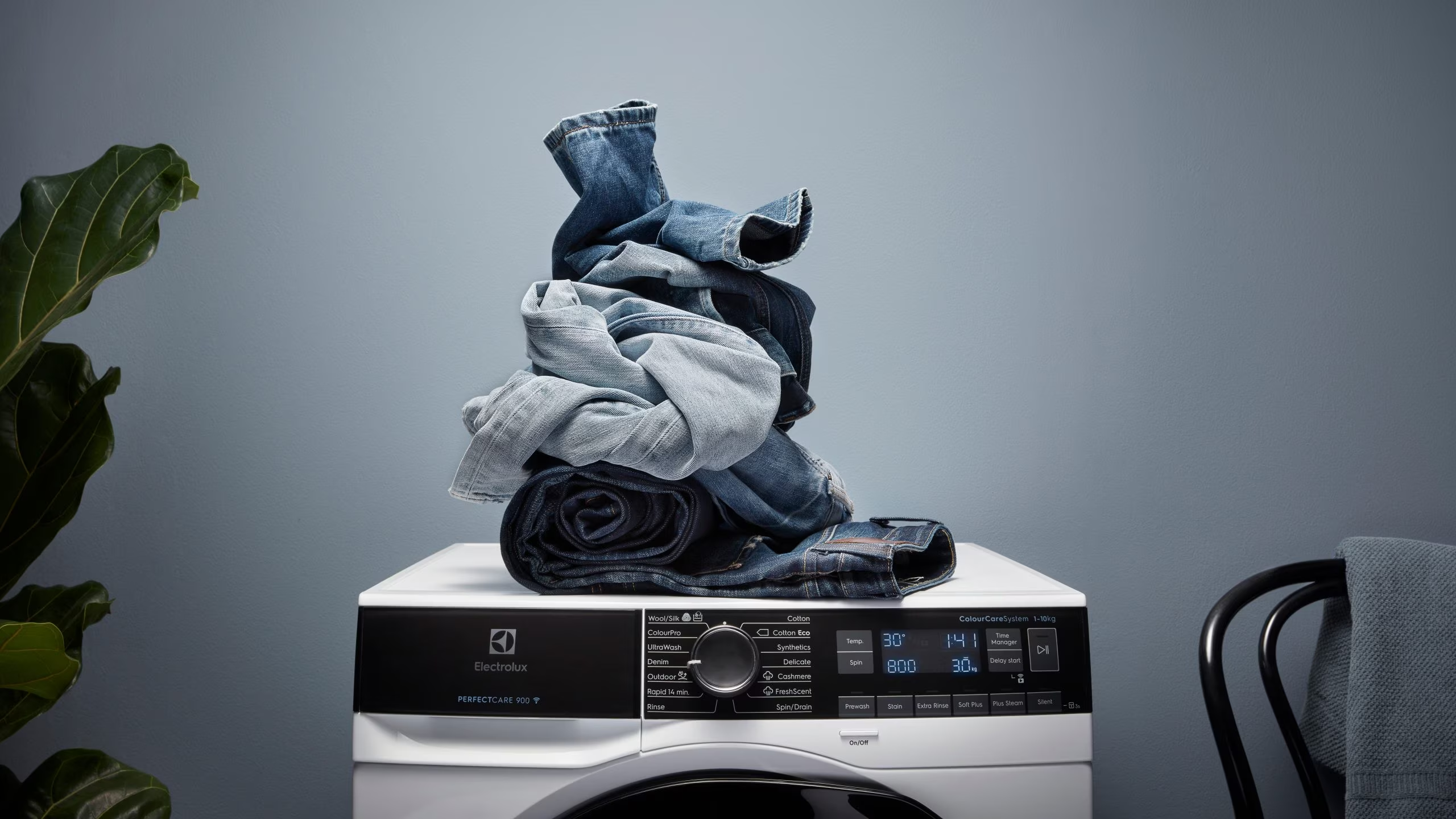
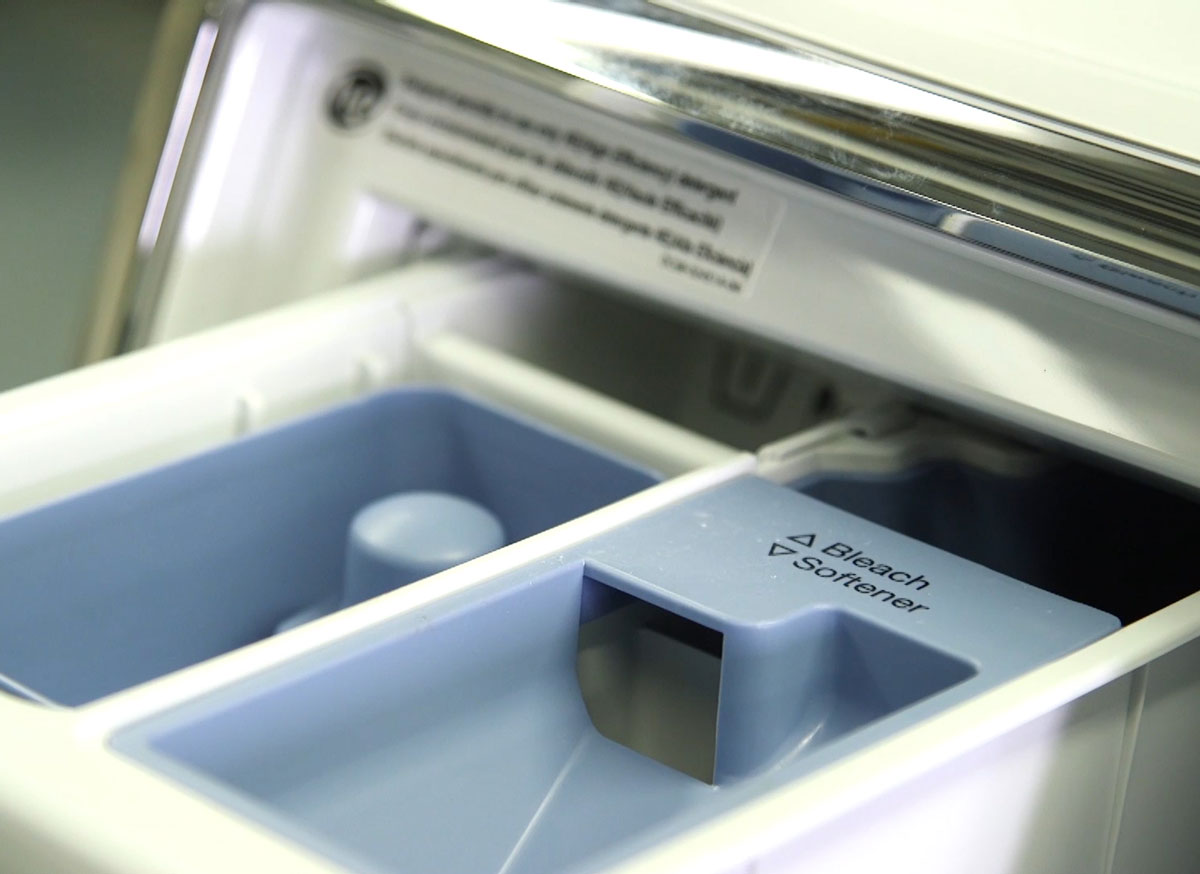

0 thoughts on “How Much Vinegar To Clean A Washing Machine?”